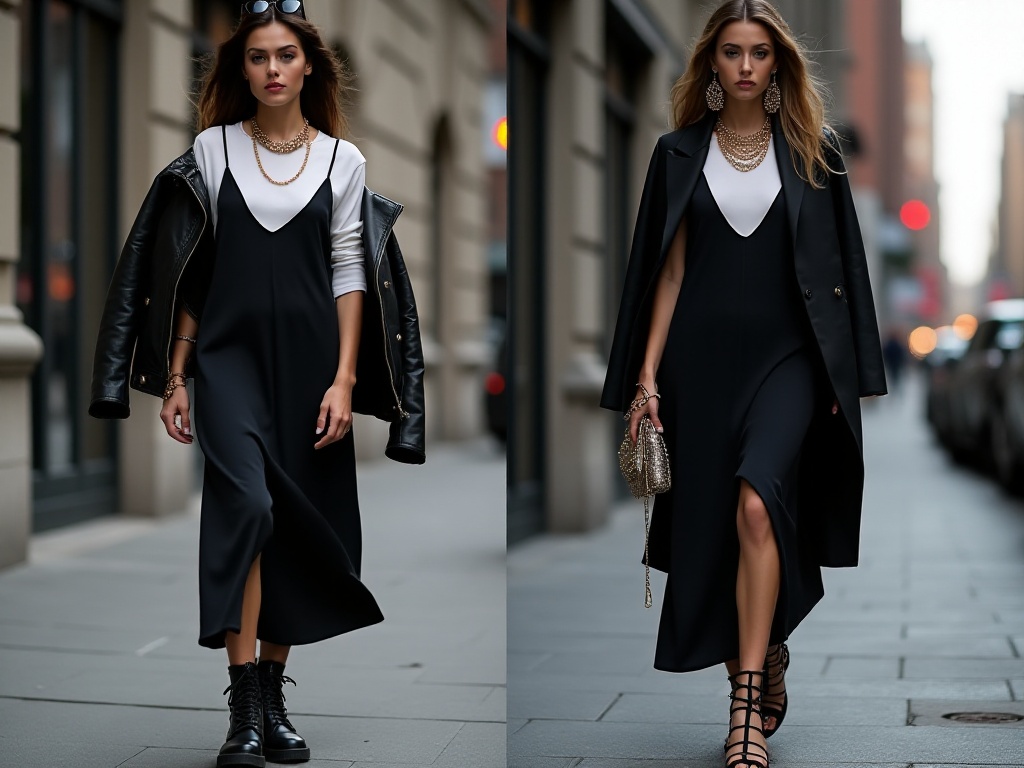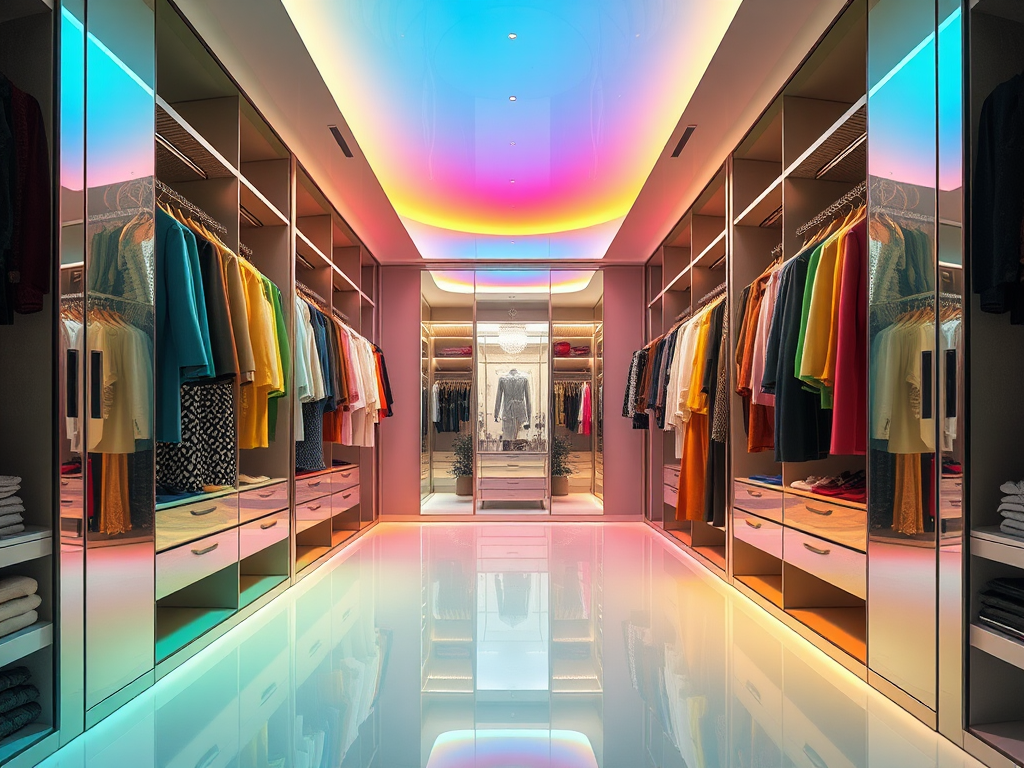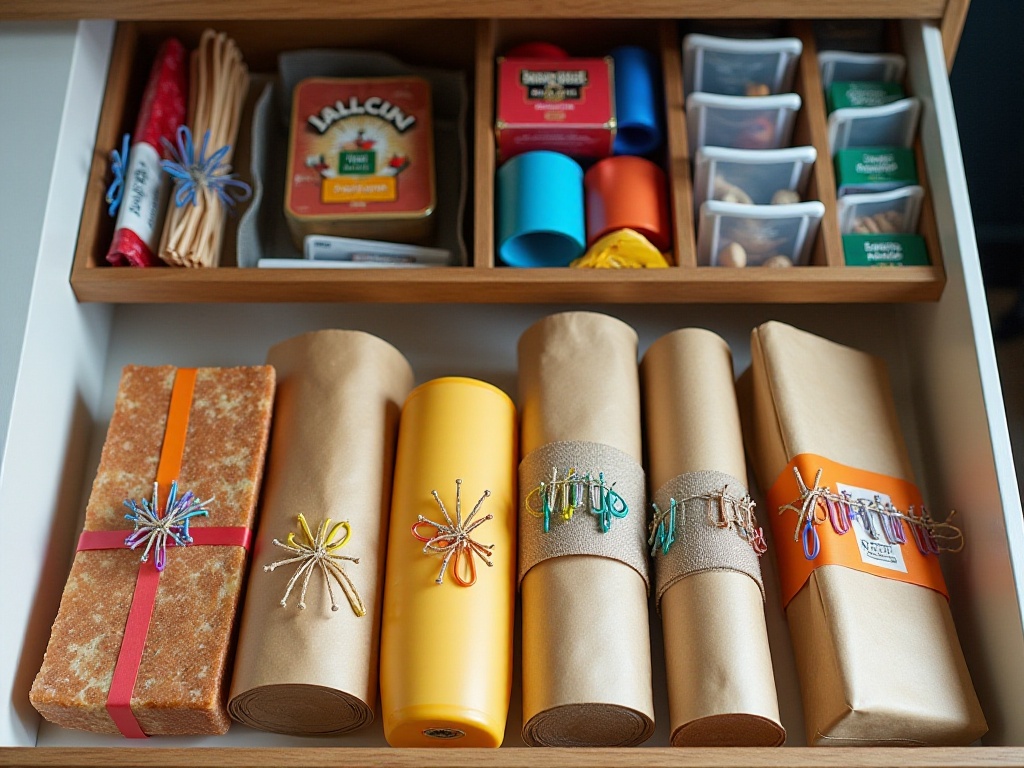Introduction
As a fashion blogger who has been passionate about style since childhood, I deeply understand the struggles many people face when coordinating outfits. Every day when I check my messages, I see many readers asking: "How can I dress with elegance like you?", "Does this color suit me?", "How should I dress for work without being over or underdressed?" Indeed, in this era of universal trend-chasing, many people feel lost amid the overwhelming amount of styling information. However, fashion coordination isn't an unreachable skill. Today, I'll share my years of experience and insights in the most down-to-earth way.
Understanding Yourself
To be honest, I was also a "newbie" at first. I remember when I first started studying fashion, I would buy whatever social media influencers wore, only to find that the clothes were either uncomfortable or completely unsuitable for me. After countless mistakes, I finally understood a principle: knowing yourself is the first step in fashion styling.
The first thing to figure out is your skin tone. This is really crucial! I often encounter situations where my friend and I buy the same white T-shirt from the same store - she looks radiant in it, while I look drained. Later I learned that this was due to skin tone differences.
Through repeated research and practice, I discovered that determining whether you have a warm or cool undertone is actually quite simple. You can observe your wrist veins' color in natural light - if they appear greenish, you have a warm undertone; if bluish, you have a cool undertone. Another method is to see whether gold or silver jewelry enhances your complexion. Generally, people with warm undertones look better in gold jewelry, while those with cool undertones suit silver better.
Once you've determined your skin tone, choosing clothes becomes much easier. As someone with a typical warm undertone, my wardrobe consists of camel, apricot, orange, and beige colors. I always receive compliments when wearing these colors because they truly complement my skin tone. In contrast, my friend with a cool undertone looks fantastic in light blue and mint green - she looks beautiful whenever she wears these colors.
Besides skin tone, understanding your body proportions is essential. Honestly, I think many online standards for "ideal body types" are too rigid. Things like golden ratios and A4 waists aren't worth obsessing over. What's important is knowing your body's strengths and weaknesses, then learning to highlight the former and minimize the latter.
For instance, I have a shorter upper body and longer lower body. After realizing this, I specifically buy high-waisted pants and skirts to make my legs look longer. When choosing tops, I avoid longer styles that might make my upper body appear even shorter. Through such styling techniques, the overall proportions look more balanced.
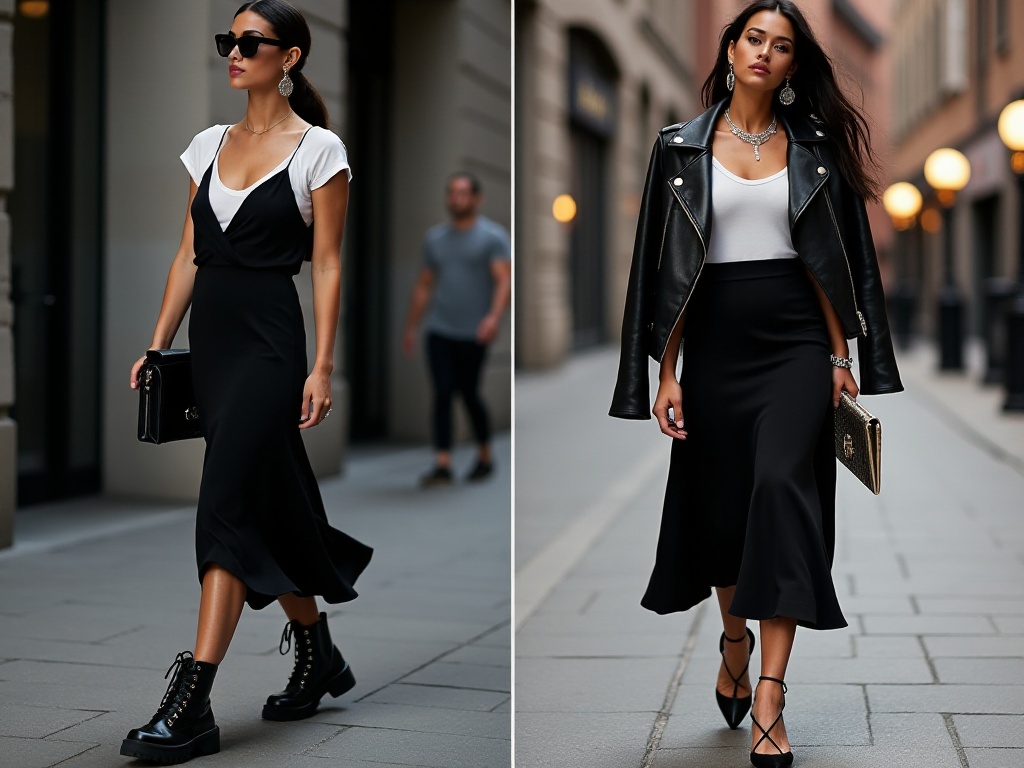
Color Coordination Secrets
Color coordination is both simple and complex. Simple because there are indeed some universal color formulas; complex because applying these colors appropriately requires some skill.
Many people might think wearing black, white, and gray is safest. True, these three colors won't clash, but wearing only these colors is too boring! Moreover, appropriate color combinations can really elevate an overall look by several levels.
I've summarized a super practical color coordination mantra: monochromatic, complementary, and analogous colors. These three color schemes are foolproof.
Monochromatic coordination is the easiest to master, using different shades of the same color. For example, one of my favorite combinations is a light beige knit sweater with a dark brown skirt, paired with beige boots - the overall look is harmonious and sophisticated.
Complementary color coordination requires more courage, but when applied properly, the effect is truly stunning. Complementary colors are opposite each other on the color wheel, like blue and orange, purple and yellow. I remember once wearing a royal blue blazer with an orange silk blouse underneath - I was worried it might be too bold, but surprisingly, the effect was excellent, and many people said the combination had great design sense.
As for analogous colors, this means choosing colors adjacent to each other on the color wheel, usually resulting in a gentle and natural effect. For example, yellow with orange, or pink with purple. This coordination method is particularly suitable for those who aren't ready to try bold color combinations. I often use this method myself, like pairing a pink sweater with a light purple pleated skirt, which looks very gentle.
However, regardless of the color scheme, you need to consider color saturation. If the saturation difference between two colors is too great, it might look uncoordinated. Generally, I choose colors with similar saturation levels to coordinate, or use a highly saturated color as an accent while keeping other parts in lower saturation.
Another tip is that if you're unsure whether a color suits you, start by trying it with accessories. For instance, if you want to try yellow, start with a yellow scarf or bag, and see how it looks before deciding whether to try yellow clothing.
Creating Layering
When it comes to layering, this might be the most challenging issue for many people. I often hear questions like: "Why do others look stylish with any combination, while I look plain no matter what I wear?" The secret lies in creating layers.
First, understand that layering isn't simply piling clothes on top of each other - each piece should serve a purpose. I've observed many fashion-savvy people's outfits, and they rarely just wear a top with pants and call it done. Even the most basic combinations create visual layers through different pieces.
For autumn and winter, a practical formula is: base layer + sweater + coat. Specifically, you can start with a basic turtleneck, then layer a slightly loose V-neck sweater over it, and finish with a coat or jacket. This combination not only keeps you warm but also creates rich layers through different necklines and textures.
Although summer means wearing fewer clothes, there are still many ways to create layers. For example, you can choose tops with ruffle details, or create layers through different hem lengths. I particularly like pairing a cropped top with a long cardigan - this creates layers even in hot summer weather.
When creating layers, pay special attention to texture combinations. The clash of different textures can make the overall look richer. For instance, a knit sweater with leather pants, or a silk blouse with jeans, are great texture combinations. However, be careful not to use more than three different textures in one outfit, or it will look too chaotic.
Another important point is considering body proportions when creating layers. If you're not very tall, avoid dividing your body into equal parts as this can make you appear shorter. Try using pieces of different lengths to break up even distribution, like short tops with high-waisted pants to make legs appear longer.
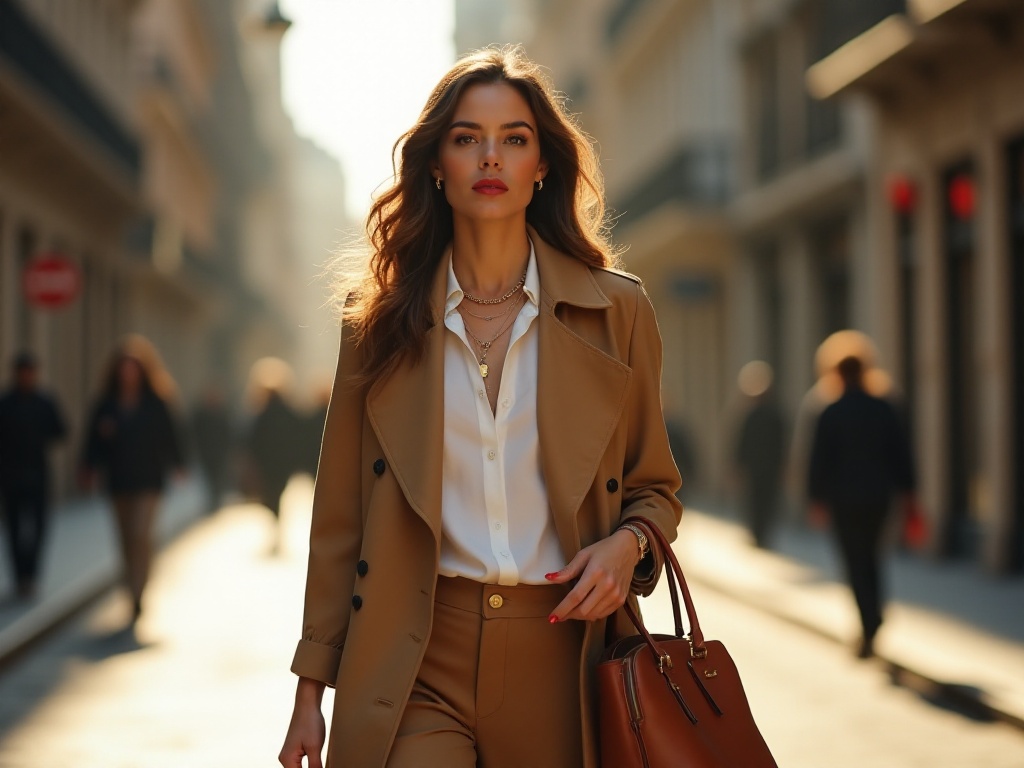
Occasion Transitions
In today's fast-paced society, many people hope one outfit can work for multiple occasions. Not everyone has the time and energy to prepare different outfits for various situations. Therefore, mastering the art of transitioning between occasions becomes particularly important.
My suggestion is to choose some versatile basic pieces, then adjust formality through accessories and styling methods. This not only saves money and space but is also very practical.
Take the classic little black dress - it's truly a great investment. For work in the morning, you can pair it with a blazer and flat shoes, plus a simple tote bag, making the look very professional. For evening gatherings with friends or dates, just switch to high heels and add some eye-catching accessories, like a metallic chain necklace or a sparkly clutch, and it instantly transforms into an elegant evening look.
Similarly, a white shirt also has strong transitional capabilities. In work settings, you can button it up properly and pair it with straight dress pants for a standard professional look. For coffee dates or casual outings, you can unbutton a few buttons to show an inner camisole, tie the hem in a knot, and pair it with jeans for a casual yet stylish look.
Accessory choices play a crucial role in occasion transitions. The same outfit can present completely different effects with different bags and shoes. So I recommend preparing accessories in various styles for more flexible coordination.
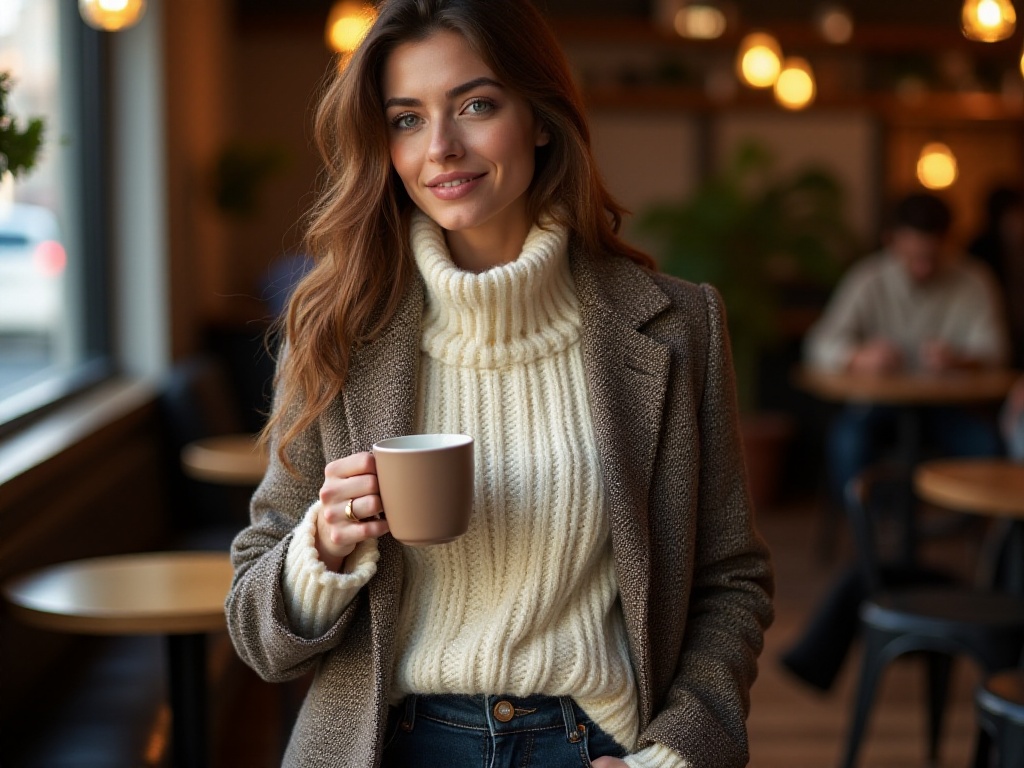
Classic Pieces
Speaking of classic pieces, these are all my favorites. Although trendy items keep emerging, classic pieces never go out of style and are particularly versatile.
First, we must mention the white shirt. It's truly an evergreen in my wardrobe, impossible to style wrong. I especially like tucking white shirts into high-waisted pants, adding a thin belt - this combination shows off the waistline while looking elegant. For a more casual look, tie the shirt hem in a knot and pair it with denim shorts, instantly creating a fresh and cute vacation style.
Jeans are also essential. When choosing jeans, pay special attention to the cut, as the right fit can make your proportions look better. I personally recommend straight-leg jeans because they're neither as revealing as skinny jeans nor as dramatic as wide-leg jeans, and they're very versatile. They work well with both T-shirts and shirts.
The little black dress goes without saying - it's absolutely a wardrobe essential. When choosing a little black dress, I recommend selecting one with a simple cut for easier styling. Simple cuts also don't go out of style and can be worn for many years. I have a simple little black dress that I've worn for several years, and it still looks great every time I wear it.
Besides these basics, I think some other pieces are worth investing in. For example, a good quality camel coat, though it might be expensive, is very versatile and looks elegant. Also, a good pair of black heels with a moderate height - formal yet comfortable, suitable for various occasions.
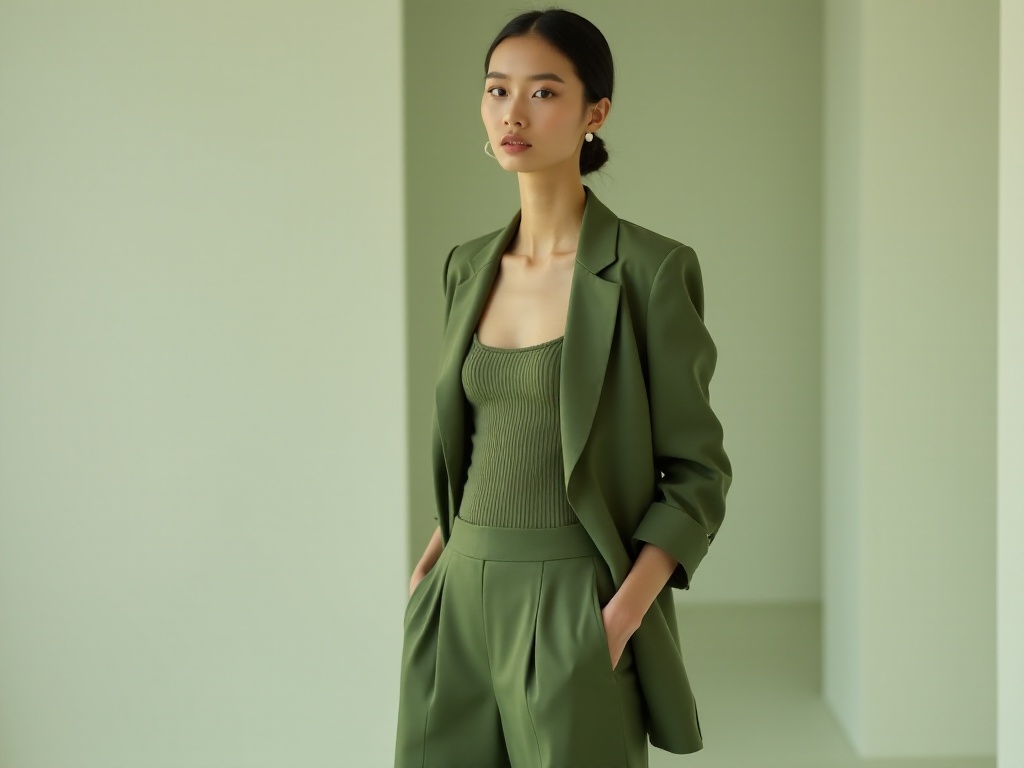
Overall Styling
Styling really pays attention to details. I've seen too many people wearing luxury brands but still looking uncoordinated. The problem lies in the details.
First is hairstyle. Hair can really determine one's overall image. I suggest choosing a hairstyle that suits your face shape and personality. For example, if you have a round face, choose styles that can modify face shape, like medium-length hair with inward curls; if you have a square face, choose styles that can soften contours, like wispy bangs.
Makeup is also an important part. Makeup isn't about being heavy-handed, but about adjusting according to occasion and clothing style. For example, natural makeup suits workplace looks; for parties, you can go heavier, but still maintain overall coordination.
Bag choice should also consider overall styling. Generally, handbags suit formal wear better, while crossbody bags or backpacks coordinate better with casual wear. The bag color should preferably echo some part of the outfit for a more unified look.
Shoes are especially important. Remember one principle: shoe style should match clothing style. For example, don't pair sneakers with formal wear; don't pair too formal high heels with casual wear. Shoe color should preferably coordinate with bags or other accessories for a more harmonious overall look.
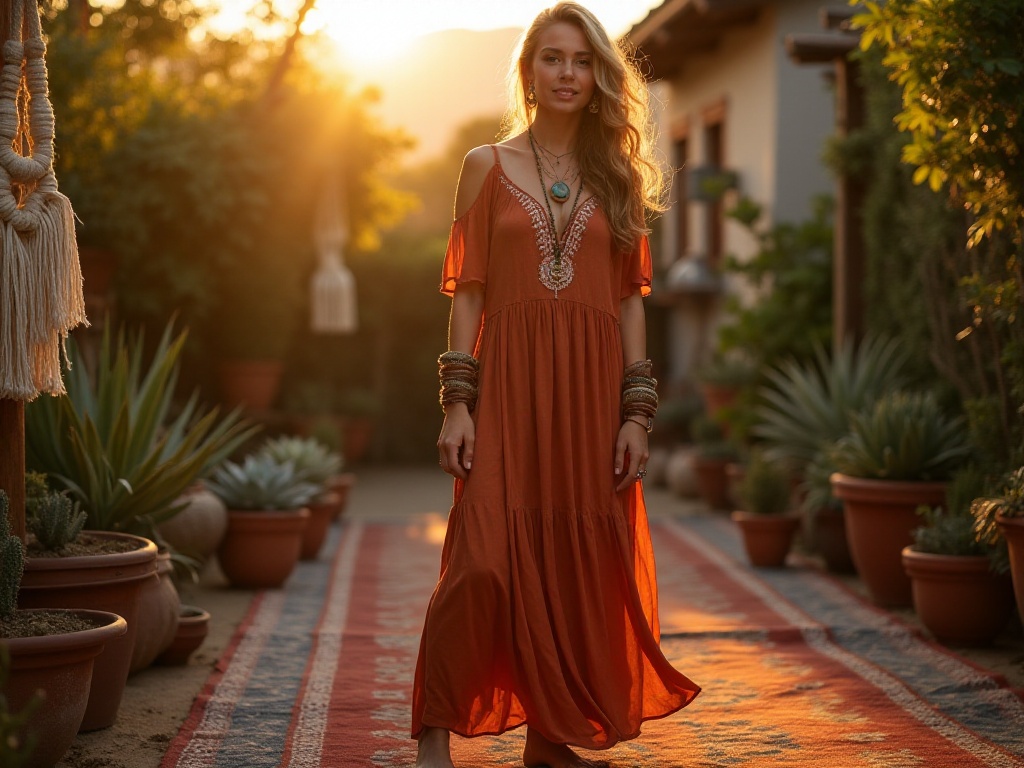
Establishing Style
Establishing personal style is a gradual process. Don't blindly follow celebrity fashion; instead, choose styles that suit your personality, lifestyle, and work environment.
If you're a lively person, Bohemian style might suit you. This style emphasizes freedom and spontaneity, favoring ethnic elements and floral patterns. You can try flowing maxi dresses or tops with ethnic embroidery.
If you prefer understated elegance, minimalism might suit you better. This style emphasizes clean lines, often using basic colors like black, white, and gray. You can choose pieces with simple cuts but quality materials, showing quality through details.
Career professionals might prefer an intellectual elegant style. This style is formal without being rigid, often using gentle color tones and crisp cuts. A blazer paired with a dress is a great choice.
Street style suits those who like expressing individuality. This style allows bold mixing, like sneakers with blazers, or leather jackets with pleated skirts - all very interesting.
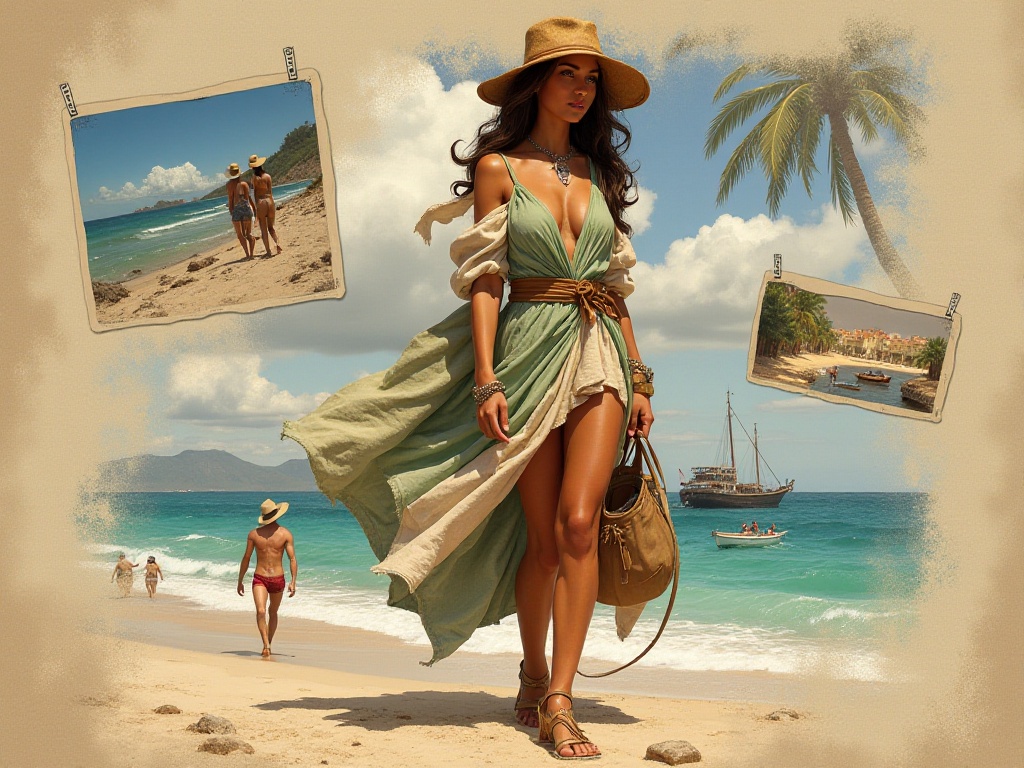
Conclusion
Ultimately, fashion styling is about finding the way of dressing that suits you best. Don't let price tags limit your imagination - ordinary pieces can look high-end when styled properly. Remember, the most important thing is to be confident in your choices. Fashion has no standard answers - if you feel comfortable and at ease, that's the best combination.





